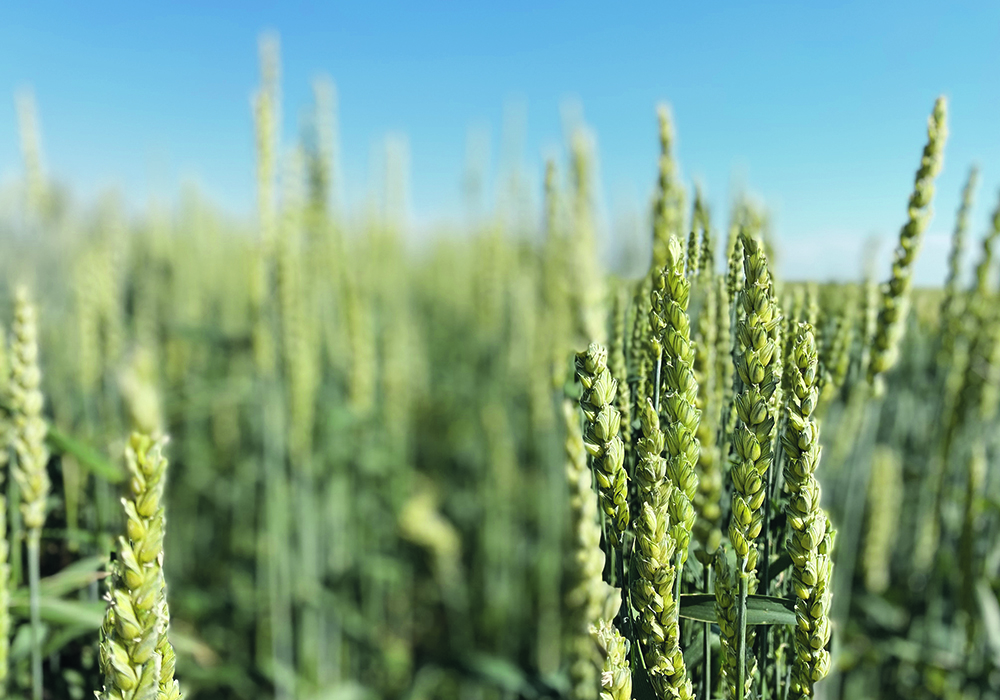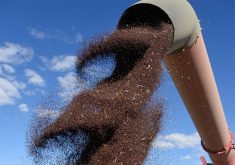Crop output and quality expected to determine volume of the country’s wheat and soybean imports for the upcoming year
SINGAPORE/BEIJING (Reuters) — Cereal and oilseed imports to China, the world’s biggest buyer of farm goods, will remain near record highs this year despite a recent spate of cancellations as lower global prices and a domestic output shortfall prompt purchases.
China’s wheat imports from Australia in January and February have nearly quadrupled from the same time last year, the latest customs data show. That trend should continue even after Beijing cancelled or postponed one million tonnes of Australian wheat in mid-March.
The cancellations, along with those for about 500,000 tonnes of U.S. wheat, raised concerns of flagging Chinese demand. Because of its outsized role in global agriculture markets, the moves could have led to lower prices.
Read Also

Russian wheat exports start to pick up the pace
Russia has had a slow start for its 2025-26 wheat export program, but the pace is starting to pick up and that is a bearish factor for prices.
But traders and analysts say the cancellations will not impact overall demand because lower wheat prices will spur buying, along with more government funds allocated to boost grain and oil seed stockpiles.
“China’s imports of wheat and barley from Australia are running at break-neck speed,” said Ole Houe, director of advisory services at brokerage IKON Commodities in Sydney.
“And they are buying large volumes of soybeans, corn and wheat from other origins as well, such as the United States, France and Ukraine. The reality is that grain imports are going to be similar to last year’s record pace.”
China spent $234 billion on agriculture imports last year and is the world’s biggest soybean buyer, taking more than 60 per cent of the oilseed shipped worldwide, mostly from Brazil and the United States.
It has also become the top wheat buyer in recent years, particularly for higher quality grain, mostly from Australia, Canada and the U.S. China was the second-largest corn importer last year, mainly for animal feed, with buying driven by higher local prices.
China has been stockpiling more food in the aftermath of supply chain disruptions from the coronavirus pandemic and the Ukraine war.
A slowing economy has moderated import growth, traders and analysts said, but demand continues to rise with a growing middle class in the nation of 1.4 billion people.
For wheat, traders said the size and quality of the June harvest will determine China’s imports, although Beijing is expected to continue buying higher quality grains for bread and pasta.
“The issue is that China will always need to buy good milling wheat from the U.S, Canada and Australia,” said Stefan Meyer, a grains broker at StoneX in Sydney. “China needs wheat to blend with its domestic wheat quality, which is not very good.”
Crop quality declined because of adverse weather ahead of last year’s harvest, prompting record imports. Some of the damaged wheat is believed to have replaced corn in animal feed.
However, China’s corn imports have been rising as feed makers take advantage of lower international prices.
China imported 6.19 million tonnes of corn in the first two months of this year, up 16 per cent from a year ago. Full year imports are likely to remain steady, a Shanghai-based analyst said.
China also snapped up Australian barley for malting and animal feed after lifting punitive duties on the grain in August. In the first two months of the year, China’s barley imports nearly tripled from a year earlier to 2.71 million tonnes, mostly from Australia.















